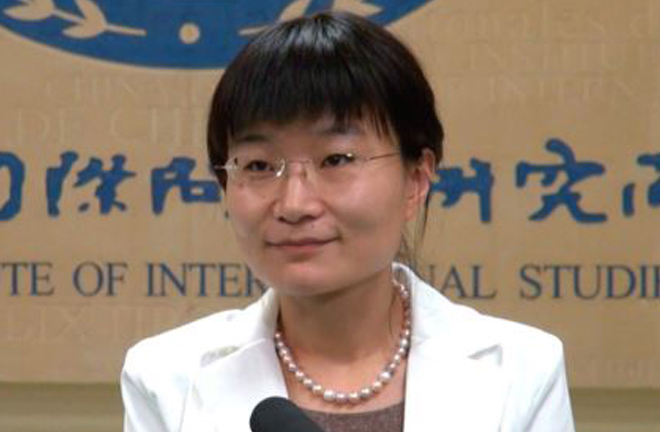SU XIAOHUI: ‘B&R,’ SCO synergize for common development
 Earlier this month, Chinese President Xi Jinping attended the 17th Meeting of the Council of Heads of States of the Shanghai Cooperation Organization (SCO) and delivered a speech in Astana, capital of Kazakhstan. This meeting once again demonstrated that the “Belt and Road” initiative and the SCO can promote each other and develop together.
Earlier this month, Chinese President Xi Jinping attended the 17th Meeting of the Council of Heads of States of the Shanghai Cooperation Organization (SCO) and delivered a speech in Astana, capital of Kazakhstan. This meeting once again demonstrated that the “Belt and Road” initiative and the SCO can promote each other and develop together.
Indeed, the SCO has already served as a platform for synergy between the “Belt and Road” initiative and regional cooperation initiatives as well as national development strategies. In 2013, Xi introduced the initial concept of the “Belt and Road” initiative – the Silk Road Economic Belt - during his visit to SCO member country Kazakhstan.
The next year, on the sidelines of the 14th SCO summit in Dushanbe, for the first time, leaders of China, Russia and Mongolia gathered and proposed promoting cross-border transportation, building a China-Mongolia-Russia economic corridor and enhancing connectivity among the three countries. This meeting was a road show of “Belt and Road” construction.
In the communiqué of the 15th SCO summit in Ufa in 2015, the leaders of member countries pledged to support China’s initiative to build the Silk Road Economic Belt and recognized the importance of related departments of the countries to carry out discussions and share information in this regard. And then last year, the SCO Summit in Tashkent reiterated support for the initiative of the Silk Road Economic Belt and pledged to make substantial efforts to implement it, regarding it as a means to promote regional economic cooperation.
On May 14 and 15 this year, China held the Belt and Road Forum for International Cooperation, which reviewed results achieved and outlined the roadmap for the success of the “Belt and Road” initiative. At the Astana Summit, member countries spoke highly of the forum and expressed their willingness to implement the outcomes, supporting the integration of international, regional and national initiatives.
The SCO is also indispensable for promoting connectivity in five area—connectivity of policy, transportation, trade, currency and the heart of the people, while in this process, “Belt and Road” construction can strengthen SCO cooperation.
Connectivity in policy can deepen mutual trust and build consensus while connectivity in facilities is an important foundation for economic development of the SCO countries. All parties are now improving the construction of roads, railways, ports, pipelines, telecommunication lines and airlines as well as land and maritime joint transport channels in an endeavor to build an all-dimensional Silk Road.
Connectivity in trade revitalizes economic development. Starting with the SCO trade-facilitation agreement, China proposes to gradually build regional mechanisms for economic cooperation and also encourage cooperation among small and medium-sized enterprises, think tanks, and in e-commerce. Connectivity in currency and finance is the important guarantee for SCO progress, while the Asian Infrastructure Investment Bank and the Silk Road Fund within the “Belt and Road” framework can participate in the financing of SCO projects. Connectivity in people’s hearts is the momentum for sustainable development of the SCO, while the “Belt and Road” initiative advocates people-to-people exchanges.
Xi stressed strengthening solidarity and coordination in the speech. The cohesion created by the Shanghai Spirit is the guarantee for the healthy development of the organization, and cooperation in various areas and multi levels brought about by the “Belt and Road” strategy can further unite all parties within the SCO. The SCO and the “Belt and Road” strategy benignly interact and build a community of shared future featuring equality, mutual support, solidarity and sharing of weal and woe.
Su Xiaohui is deputy director of the International Strategy Research Institute at the China Institute of International Studies.
